Complete PHP from Scratch for Beginners
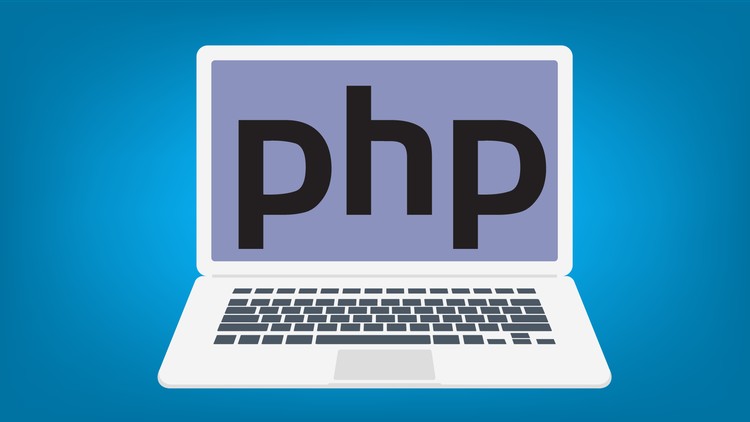
Why take this course?
Based on the outline provided, this course seems to be a comprehensive introduction to PHP for beginners. It covers a wide range of topics that will help students understand the fundamental concepts of PHP and how to apply them in real-world scenarios. Here's a detailed breakdown of what you can expect from this course:
-
PHP Environment Setup: Learn how to install and configure PHP on both Windows and macOS systems, setting up a development environment where you can write, test, and deploy PHP applications.
-
Writing Your First PHP Script: Get hands-on experience by creating your first PHP script and displaying output in a web browser, which will help you understand the basics of PHP syntax and structure.
-
PHP Basics: Dive into the foundational aspects of PHP, including understanding echo, print statements, comments, and the difference between server-side and client-side scripts.
-
Client-Server Model and Request-Response Cycle: Learn how PHP operates within the client-server model, how PHP interacts with a web server, and the lifecycle of a typical HTTP request.
-
Integrating PHP with HTML: Explore how to embed PHP code into HTML documents, which is essential for creating dynamic web pages.
-
Running PHP from Command Line Interface: Understand how to execute PHP scripts directly from the command line, useful for quick testing and debugging.
-
Variables and Data Types: Learn about different data types (strings, integers, etc.), variable naming conventions, and the concept of constants.
-
Control Structures: Get familiar with various control structures like conditional statements (if, else if, else), loops (for, while, do-while), and how to control program flow using keywords like goto, break, and continue.
-
String Manipulation: Master string handling in PHP, including working with substrings, case conversions, and built-in string functions.
-
Arrays and Loops: Understand how to create, manipulate, and iterate through arrays using the foreach loop, as well as different types of arrays.
-
Functions: Learn about defining and calling your own functions, passing arguments, default values, optional parameters, and understanding scope.
-
Error and Exception Handling: Gain knowledge on error handling mechanisms such as try-catch blocks and the error function in PHP.
-
File I/O: Learn how to work with file systems, perform file operations like copying, renaming, and deletion, and read/write data to files.
-
Working with Dates and Times: Understand how to handle dates, times, and timestamps, including converting between time zones.
-
Coding Best Practices: Learn about security practices (like preventing SQL injection), coding standards, and performance considerations in PHP development.
-
Real-world Applications: Finally, apply all the learned concepts by building a simple web application or project that integrates many of the skills covered throughout the course.
The course also emphasizes the importance of community support, which is often available through forums and other online resources. It likely concludes with an assessment or project to test your understanding and application of PHP.
Overall, this course seems to be designed to take you from a beginner to a proficient PHP developer, covering both the theoretical aspects and practical applications of the language. It's important to engage with the materials actively, practice regularly, and make use of any additional resources or support offered by the course provider.
Course Gallery
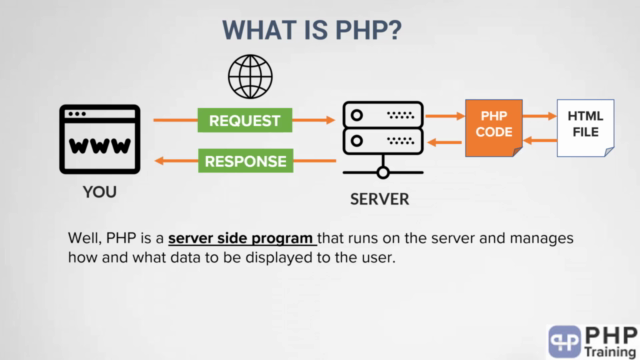
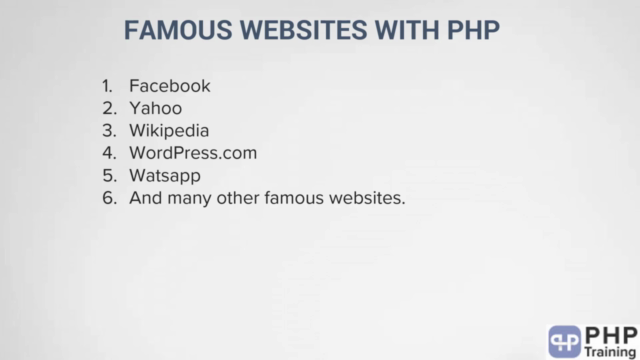
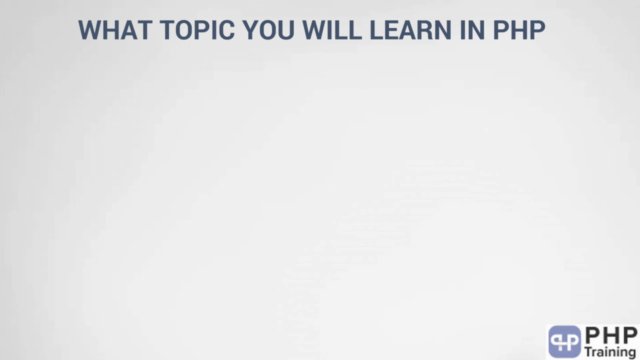
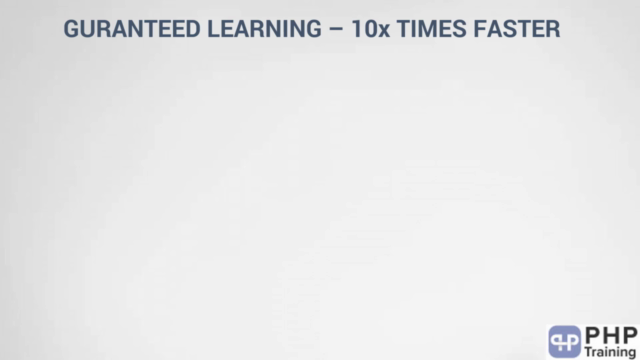
Loading charts...